Snook, snook,snook, snook, and more snook. Yes, the bite goes on. Double figures days are no problem. Granted, these aren’t big fish, but on light fly gear they are one ripping blast. I’m using a my Scott STS 906/3 with a floating line, a 10 foot leader tapered to 20 pounds (snook cut through 15 in a hurry), and a 3″, size 1#, white Lefty’s Deceiver. Farnsworth sliders work well too.
I’ve been fishing this bite for well over a week, and its allowed me to learn a little about snook behavior.
At low tide, these snook hang to the deeper edges, along the outside of the sandbar. These fish are largely untouchable, except perhaps on live bait. So casting a fly to them is mostly a waste of time. Still I give it a try on occasion.
As the tide starts to rise, the snook slowly slide up on the sandbar. Typically they cruise over the sand in small groups, traveling in random directions. These cruisers are fairly shy. They may track a fly for a short distance, but more likely they will totally ignore it. A few even zoom away from the fly as if it were poison. The only exception I’ve seen is a fly that lands right on a snook’s head. In a few rare cases that sparks an explosive surface strike.
Around the second hour of the flood, a small bit of current forms, flowing over the bar toward the grass beds that hug the inside edge. Now thing are about to change drastically. The snook follow this current over to the grass. Once there they begin to chow with a vengance, whacking any fly that comes their way.
The bottom line seems to be this: Snook are moody. When conditions aren’t in their favor snook can be wary, cautious, or even down right shy. It can be frustrating, believe me. Like many predators, however, snook are very sensitive to a moving tide. When the water flows, snook hear the dinner bell, and put on the feedbag big time.In half an hour’s time they can go from dormant to full-on aggressive.
Consequently, keeping a close eye on the tide chart is essential. And I’ve noticed that the days with stronger tides produce stronger bites. It also pays to follow the lanes of current as they change in size and location during the tide.

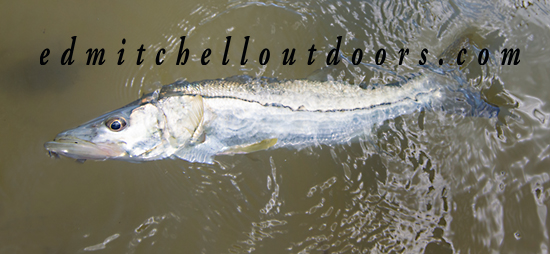


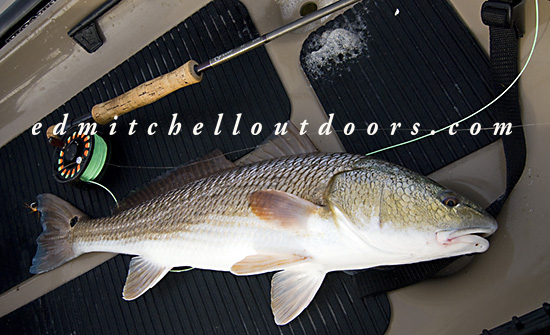

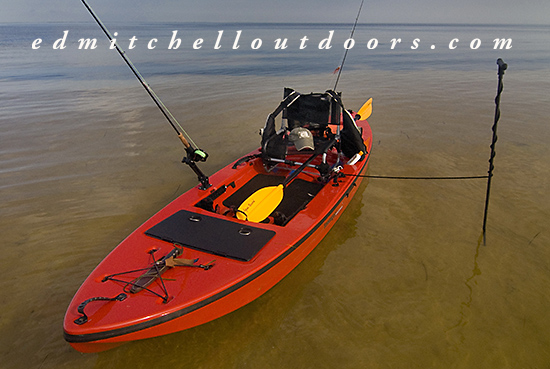



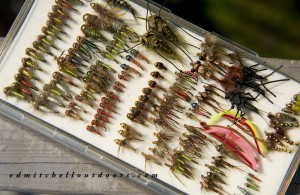
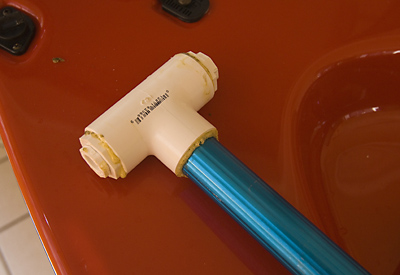

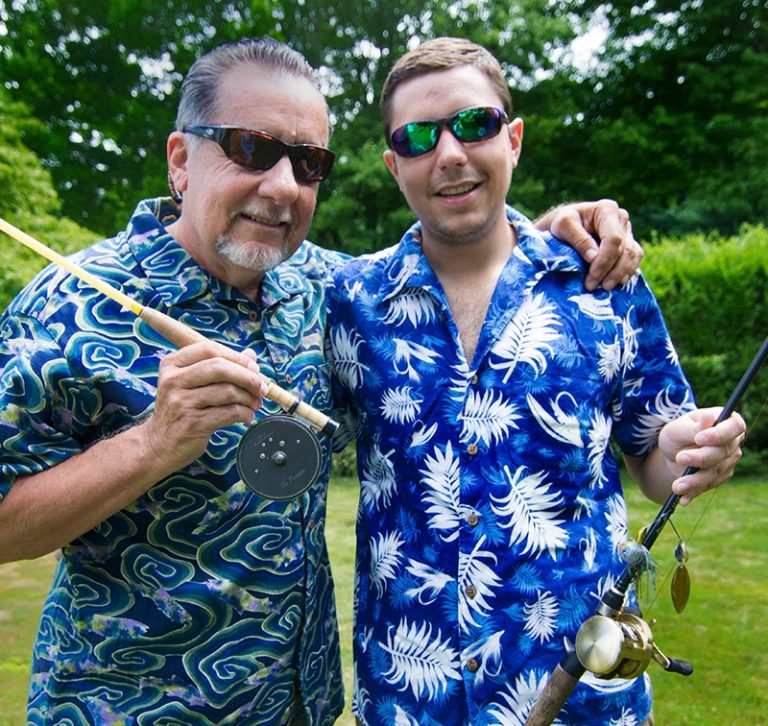

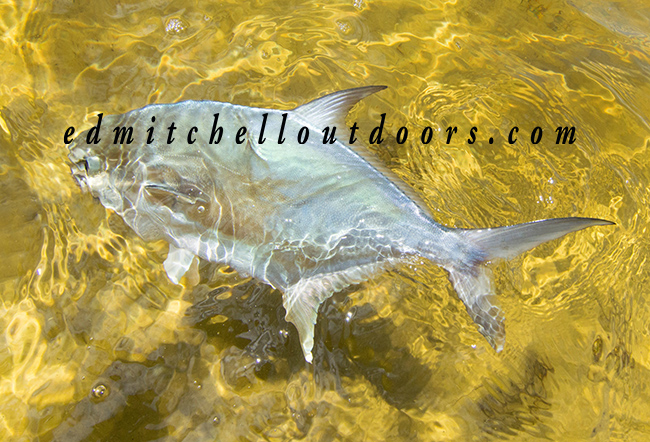

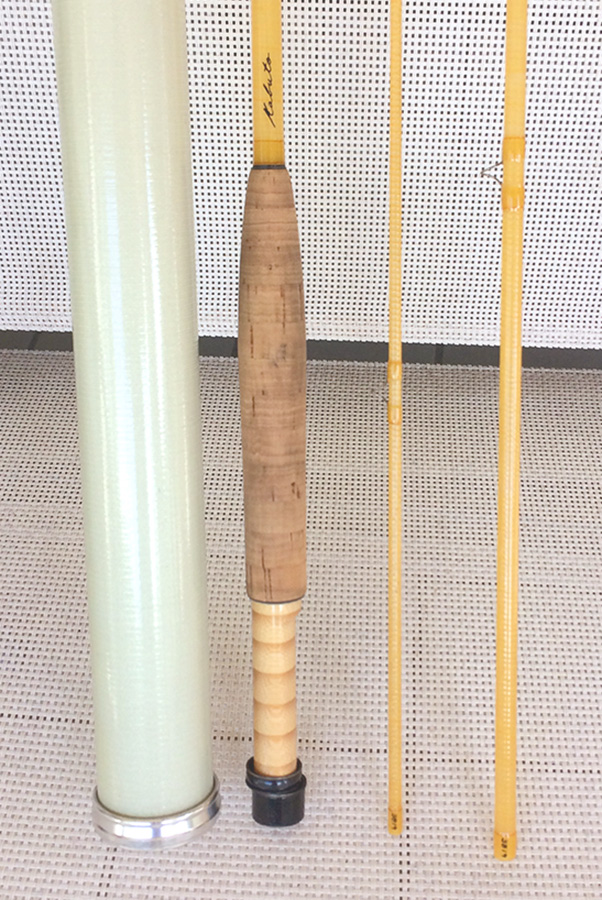


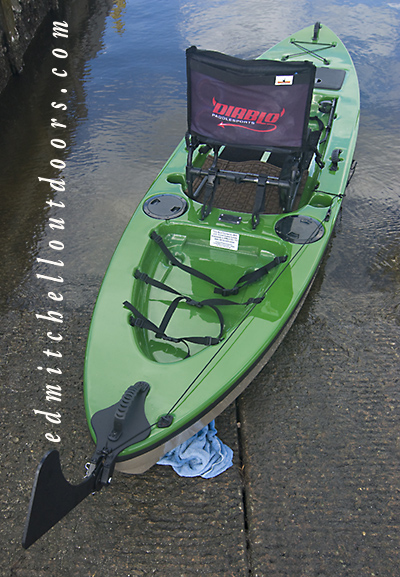

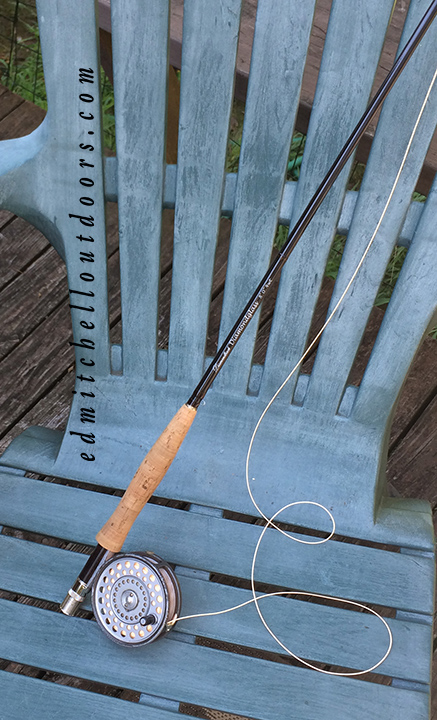

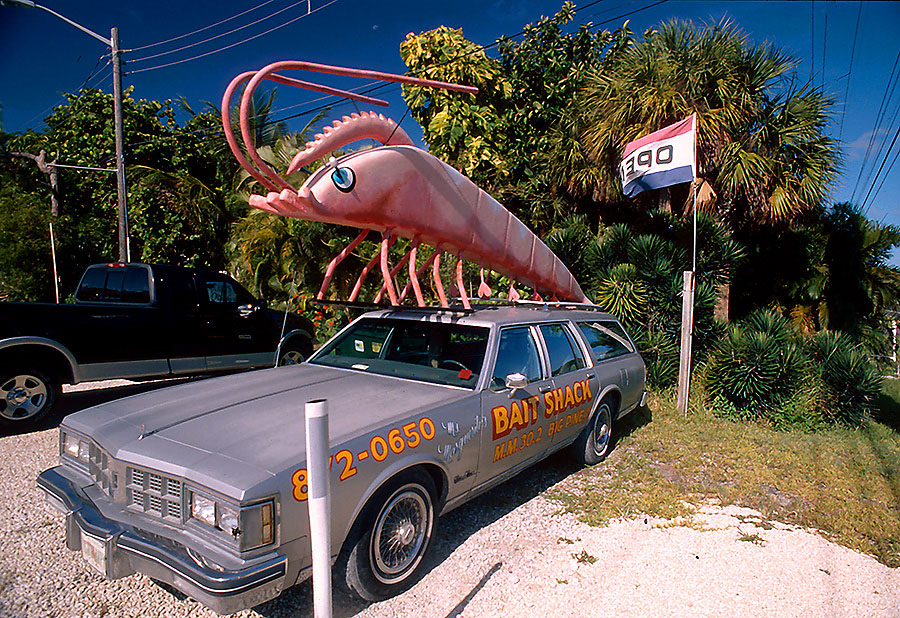
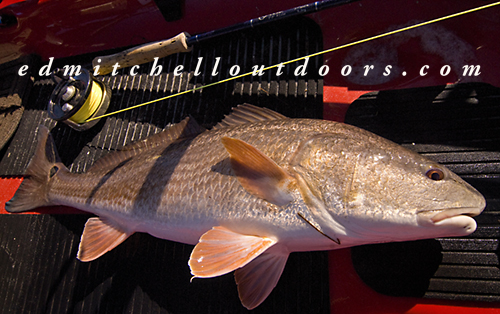
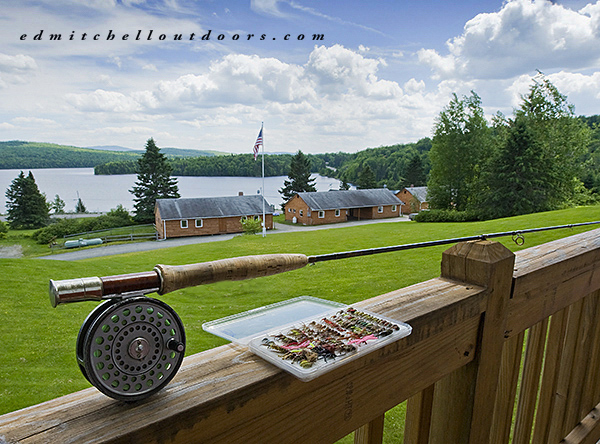

Interesting article. We’re so far north I’ve never heard of the species. You can’t be bored ! You friend Dave’s fish is a beauty.
Jim,
Snook are very cool. Around the last moon of June we have quite a few of them here. Yes, snook require warm water, so don’t expect any to swim up to Ireland! But you have pollack and European sea bass along your shores. Those are cool too.
Ed